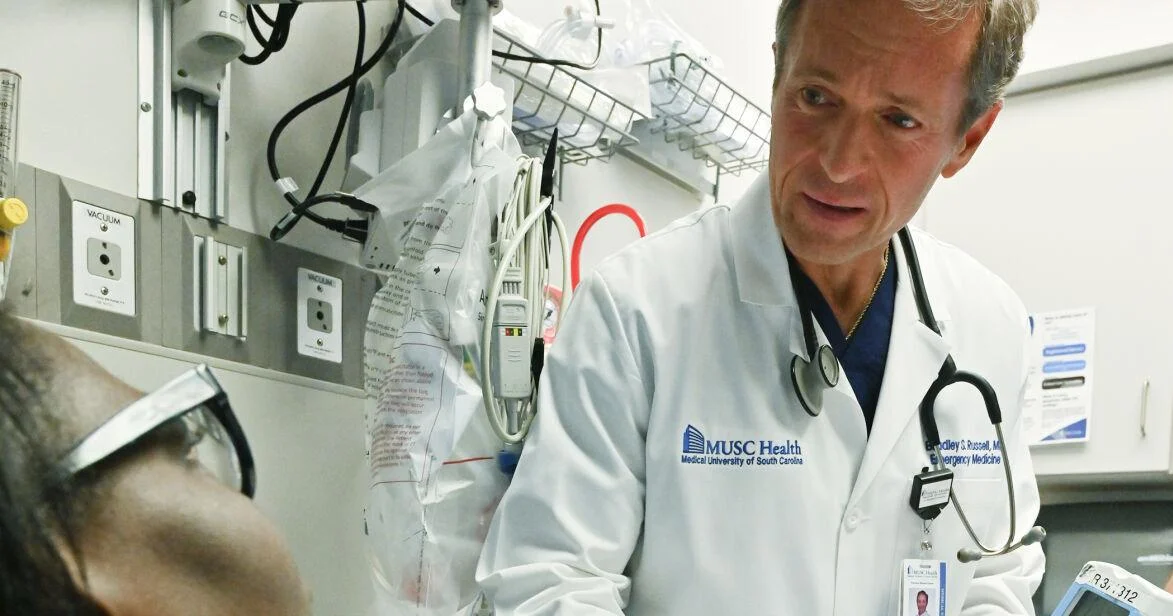Copyright Cable News Network

President Donald Trump took to his Truth Social platform to distance himself from disappointing results for Republicans on the ballot last night. ““TRUMP WASN’T ON THE BALLOT, AND SHUTDOWN, WERE THE TWO REASONS THAT REPUBLICANS LOST ELECTIONS TONIGHT,” Trump posted in his first public comments following Tuesday’s election results, citing unnamed “Pollsters.”” The president endorsed New Jersey gubernatorial candidate Jack Ciattarelli during the state’s GOP primary earlier this year and held tele-rallies for candidates in New Jersey and Virginia in the lead up to the elections, though he stopped short of explicitly endorsing Republican Winsome Earle-Sears in the Virginia governor’s race. And, in an 11th-hour post Monday, Trump urged his supporters to back former New York Gov. Andrew Cuomo over Republican Curtis Sliwa and Democrat Zohran Mamdani in the city’s mayor’s race. Ciattarelli, Earle-Sears and Cuomo all lost their respective races, according to CNN projections. President Donald Trump is kicking off his day by having breakfast at 8:30 a.m. ET with GOP senators, as the government shutdown becomes the longest in US history. He’ll then head to Miami, where he is set to deliver remarks at the America Business Forum at 1 p.m. ET. Trump’s return to the White House is scheduled for 5 p.m. ET. Roughly a dozen Senate Democrats have privately signaled they are willing to support a stopgap funding deal to reopen the government in exchange for a future vote on health care, according to two Democratic sources familiar with the discussions. Negotiations are still ongoing on exactly what kind of stopgap funding bill the Senate would take up and how it would pass the House. But the presence of 10 to 12 Senate Democrats open to the deal could be a breakthrough in the funding standoff. That support would be more than enough for Congress to end the funding standoff that has ground Washington to a halt for more than a month. That assessment of Democrats’ attitude after a tense, nearly three-hour meeting of the Senate Democratic caucus inside the Capitol on Tuesday, where lawmakers hashed out the details of the still-emerging plan to reopen the government. A group of Senate centrists has discussed a deal that would involve a short-term funding plan — likely through January — as well as a package of three bipartisan full-year bills that include priorities for both parties. Republicans would also commit to a future vote on extending the Obamacare subsidies, though Senate Democrats — including Minority Leader Chuck Schumer — have previously said it is not enough to get their votes. During that lunch, Schumer stayed quiet and did not express a preference as his colleagues aired their views, those sources said. As the government shutdown crosses into its 36th day, it officially becomes the longest in history. The last time the government shut down — which started on December 22, 2018, and went until January 25, 2019 — it lasted 35 days, which was previously the longest. It cost the United States an estimated $3 billion in lost GDP, according to the Congressional Budget Office. Here’s a look at other times the government failed to be funded:



